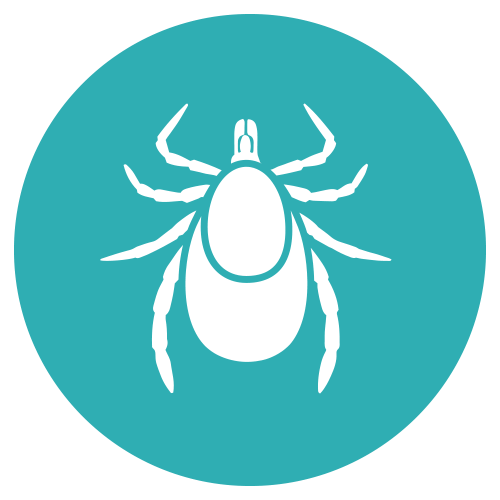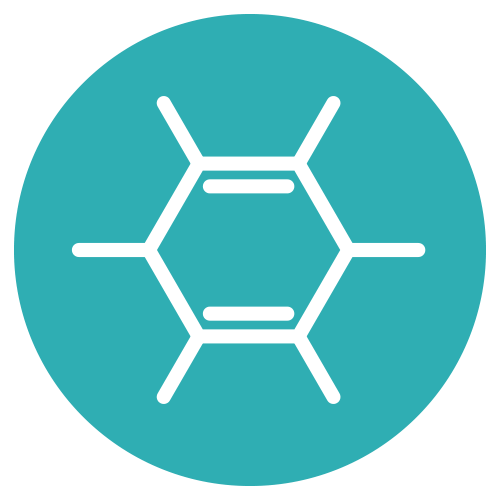Endoparasites
Hc (Haemonchus contortus) / sensitive / resistant
Tc (Trichostrongylus colubriformis) / sensitive / resistant
Ac (Ancylostoma caninum)
Ag (Ascaridia galli)
| Treatment exposure modality: | Immersion for 4 hours |
| Efficacy type: | Migration reduction (%) |
| Stock solution: | 20 mM in DMSO |
| Compound quantity | < 2 mg |
| Positive control | Ivermectin |
In Brief:
The Invenesis Migration Trap Assay (MTA) measures the effect of compounds on L3 of nematodes.
L3 of a gastrointestinal nematode are exposed to the treatment in each well of a multi-well plate. After 4 to 24 hours, the worms are transferred into a migration plate causing a 4-fold dilution of the test compound. The migration of the worms towards a destination trap is measured over time and efficacy is expressed as a % reduction of migration compared to negative controls.
Definitions:
To ensure flawless communication, the following definition section introduces the vocabulary used at INVENesis. You will find this vocabulary on our quotes, raw data files, processed data files, preliminary and final reports. Open the Lexicon below.









